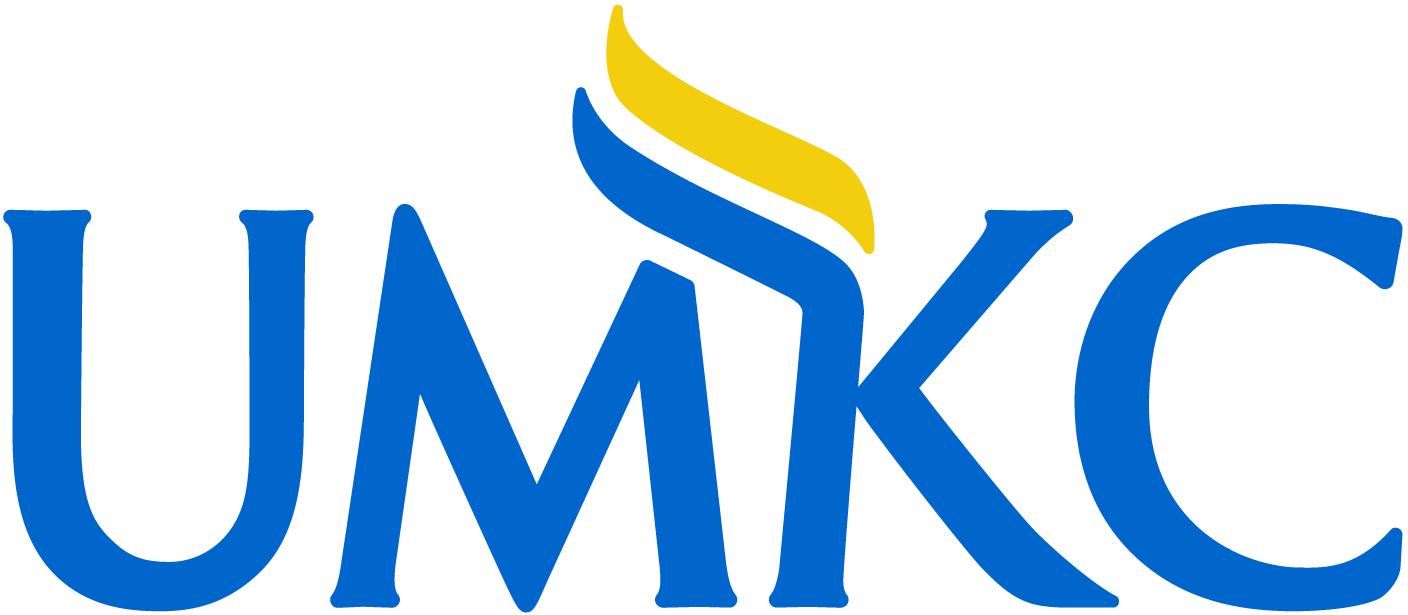Abstract
OBJECTIVES: To evaluate the effectiveness of transitioning patients from methadone to buprenorphine/naloxone (BUP/NLX) using morphine milligram equivalent (MME) dosing, with a focus on treatment adherence, withdrawal management, and therapeutic response, as illustrated through two patient case studies.
METHODS: Two participants (male, 33 years; female 42 years) were treated between June 2023 to January 2024 for opioid use disorder, undergoing BUP/NLX induction from methadone in an opioid treatment program. MME low-dose initiations were utilized for dosage conversion. Data collected included patient demographics, vital signs, Clinical Opiate Withdrawal Scale assessment, MME low-dose initiation calculations, adverse events, treatment adherence, and outcomes.
RESULTS: MME dosing was based on initial methadone dosage and standard MME conversion ratios. Case 1: Sublingual BUP/NLX was started at 0.5 mg, increased to 0.5 mg twice daily by day 3, and titrated until day 17; methadone (24 mg) was tapered off by day 17. Case 2: A similar initiation and tapering process was followed; methadone (11 mg) was discontinued by day 12. Both cases achieved stabilization on BUP/NLX without severe adverse events or precipitated withdrawal symptoms.
CONCLUSIONS: MME low-dose initiations appear to be a feasible and safe method for BUP/NLX induction. Further research involving patients on higher methadone doses and larger sample sizes, along prospective designs, is necessary to validate these findings and explore the long-term effectiveness and safety of MME-guided induction protocols across various clinical settings.
